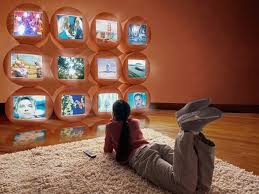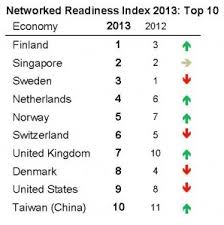I have never managed to get into digital music for several reasons. I don’t like wearing headphones, I get paranoid as I hear people calling my name in the background, and I think that they distract people’s attention. This is really noticeable while I am riding my bike on the pavement with the kids. People who are walking while listening to headphones are less aware of their surroundings, they tend to zig zag while they are walking and they cannot hear you coming.
This report in Businessweek addressed the problem a few years ago, although it has many methodological issues, and this article on the Treehugger website offers similar data while raising some good questions about the intentions and interpretations.
In Kenya they seem to be taking the problem seriously and in fact it will soon be a traffic offense to cross roads in Mombasa while wearing headphones or on the phone if legislation proposed by the Mombasa County Assembly is approved.
So no headphones means I don’t have one of those miniature storage devices to listen to. But I have never really got into digital downloads either. The problem there is quality. I like vinyl, take a look at the photo below of my record player.
This is a beautiful machine, 1983, plays both sides of the record, sumptuous quality, style personified and even comes in a portable version (mine also runs on batteries but the speakers don’t attach as the portable versions do).
So I have never had a system to play digital music that is half as good as this, although recently I have got closer with the Studio Pro 4 speakers that I found by the side of the street here in Cambridge (see this post for details). But even taking that into account, the sound is just not the same.
I have a vinyl and CD copy of the Beach Boys 20 Golden Greats, and playing the two together the difference in enormous. The digital version is sharper and the sounds are purer, but that was not what the boys had in mind when they were recording it. On MP3 the differences are even more noticeable. But convenience rules nowadays, and streaming of low quality music reigns.
Now Niel Young is with me on this, as are Sting and various other musicians. Niel wants to offer high quality music reproduction to people like me, and is preparing to launch his new baby Pono.
The player looks a bit like a regular MP3 player, but the files are much bigger so not as easily stored or downloaded, but the quality is much higher (say those who are marketing it). You can find some statistics in the article above. The data would suggest a vast improvement in quality, but as ever the proof of the pudding as they say.
And there is a cost issue. The player will cost about $400, and an album maybe $25. This is obviously marketed at people who have some disposable income and are looking for quality, probably musicians in their 40’s just like me.
We might wonder how big the market is, but if we note that the project raised about $2.5 million on Kickstart in a few days, maybe there is enough money and enough people around to make it a success.
So the question is for the technology community, will you (or more importantly I) buy it?



